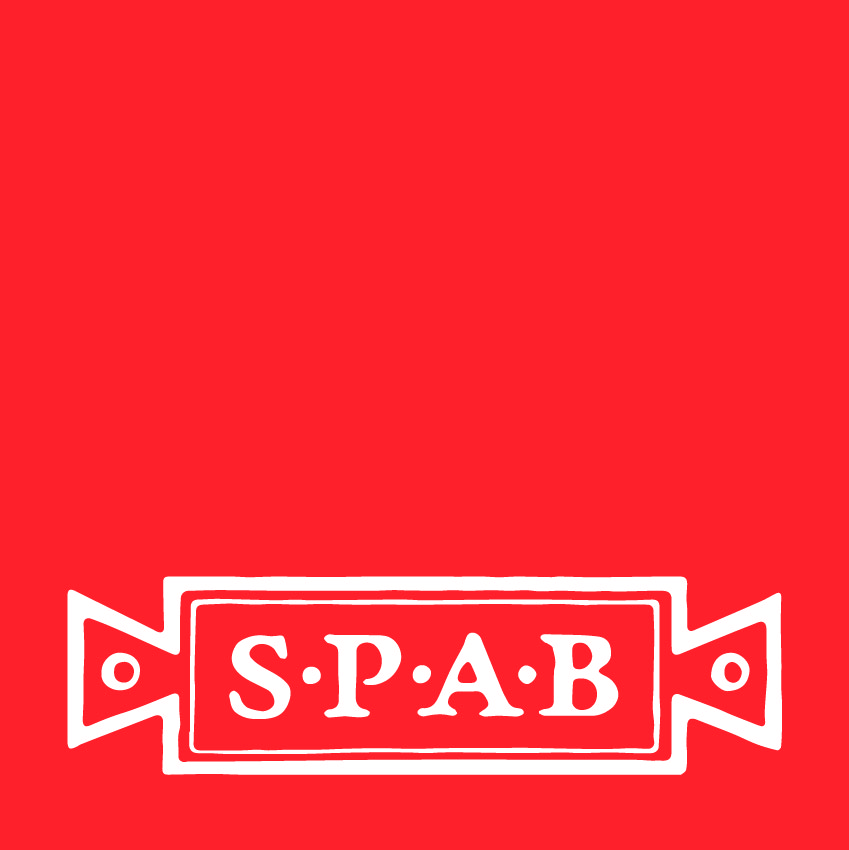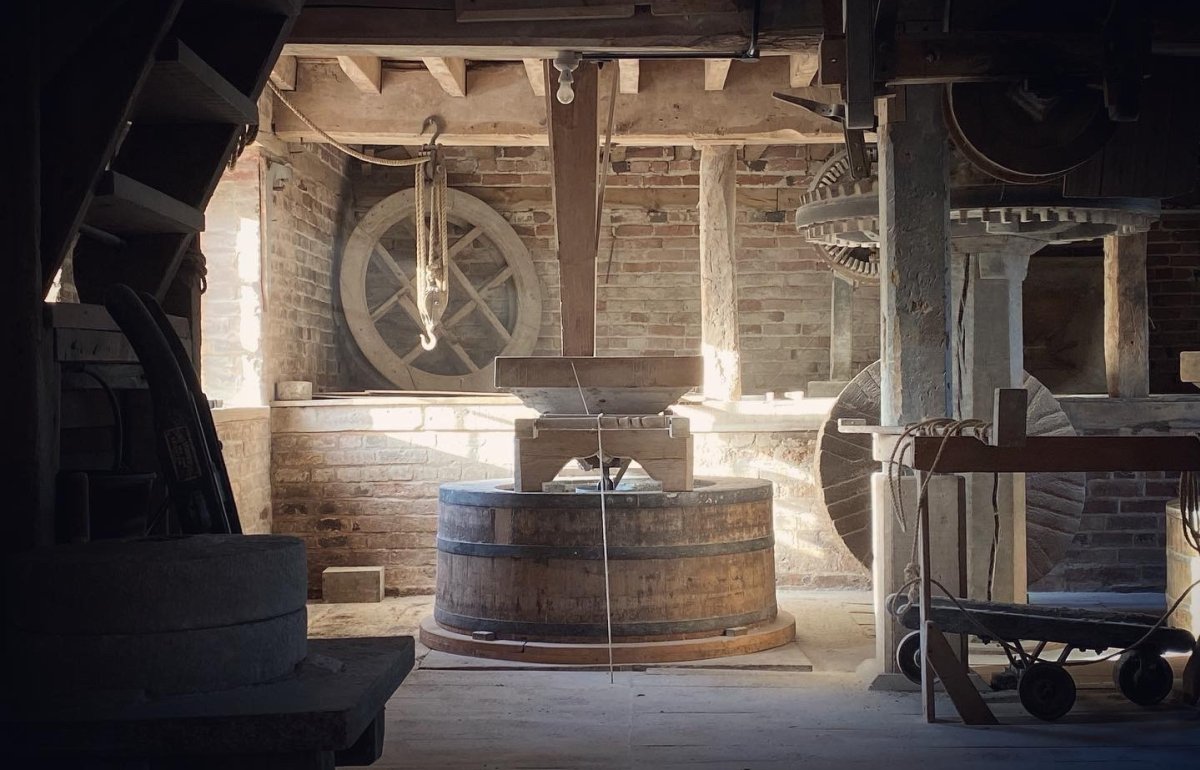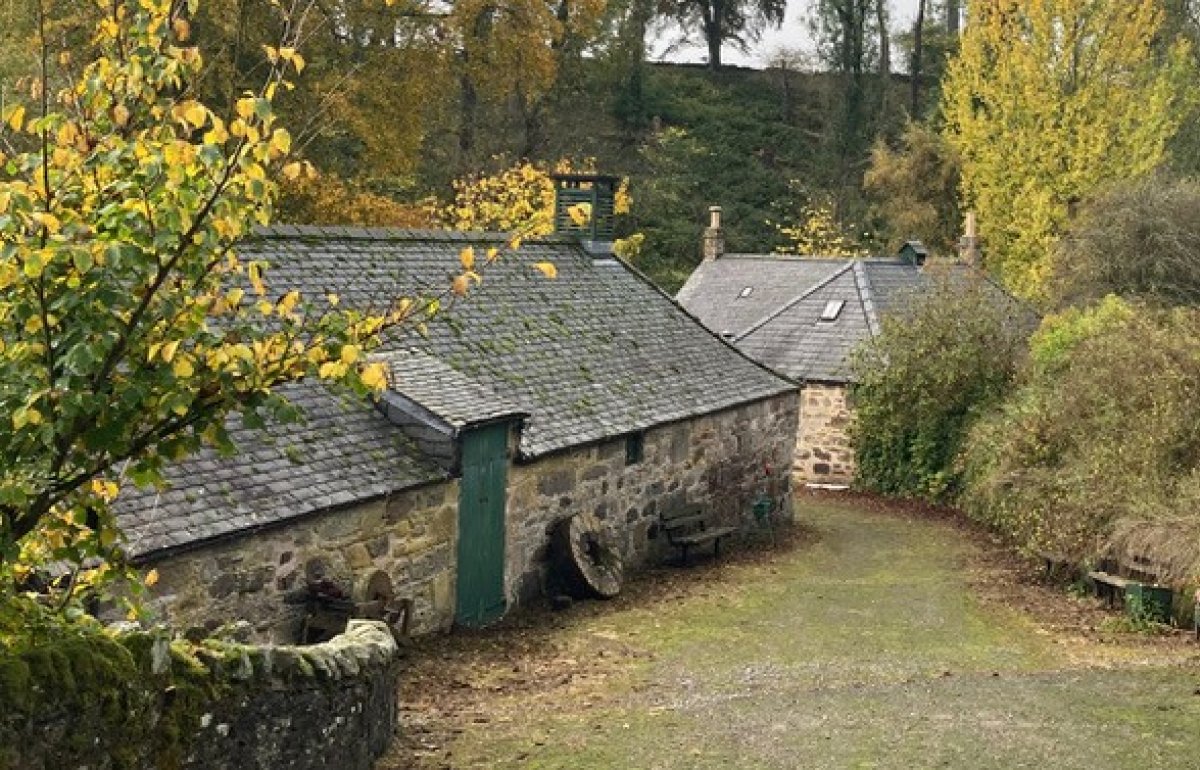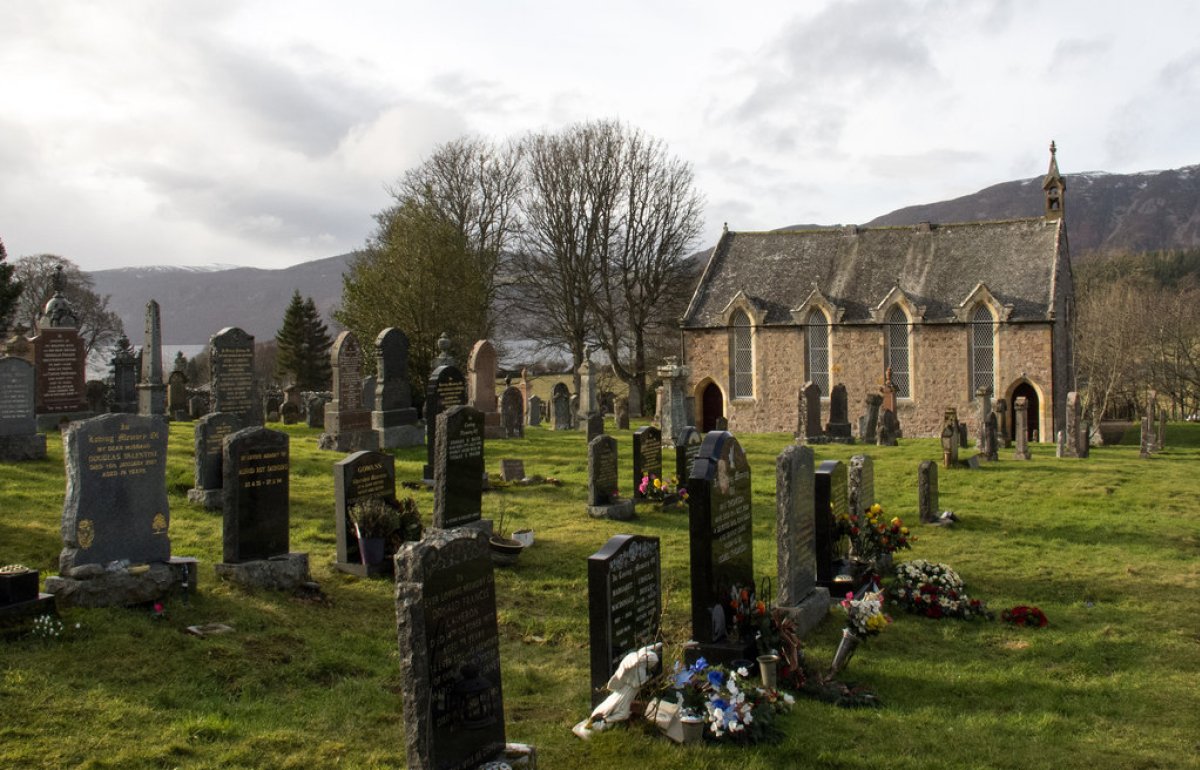Archaeology at the Old House Project

Archaeology at the Old House Project
Online Talk
OHP.T2/23
£6 per person - SPAB member
£7 per person - non-member
Event details
Archaeology at the Old House Project
Online Talk
Thursday, 27 April 2023
13:00 - 14:00 (BST)
£6 per person - SPAB member
£7 per person - Non-member
Join us for this online talk, presented by archaeologist Graham Keevill, as an illustrated introduction to the archaeological work at SPAB's Old House Project - former St Andrews Chapel, a Grade II* ‘building at risk’ in Kent, which stood empty for 50 years. When the SPAB bought the medieval building in November 2018 it was hidden behind an overgrown garden and vandal damage had left the site vulnerable. Archaeological and historical investigation helps build a picture of a building’s past through unravelling a series of clues. Archaeological input aids our understanding of the building and helps develop well-informed and sympathetic plans for the project.
The second in a collection of online talks about our Old House Project, this lecture will introduce the archaeological work undertaken at St Andrews Chapel from 2019 - 2022, starting with a series of small test pits dug around the perimeter of the building. Archaeological finds at the base of walls can help establish a date for construction or key points of change and alteration in the building.
Graham Keevill will talk about the results of the test pit investigations and how early finds have fed into our interpretation of the building's history and its connection to nearby Boxley Abbey. Further archaeological investigations have revealed even more about the building's change in ownership, use and development over the centuries. Graham, and project manager Jonathan Garlick, will welcome audience questions at the end of the presentation.
If you cannot make the live talk, but wish to watch it on demand, advance booking is required - the live presentation will be recorded, and a separate link will be emailed to you after the recording is prepared (with viewing access of the recording until 24 May 2023).
You may also be interested in talk # 3 of this collection: Research, Repairs and Restrictions at the Old House Project, 29 June 2023.
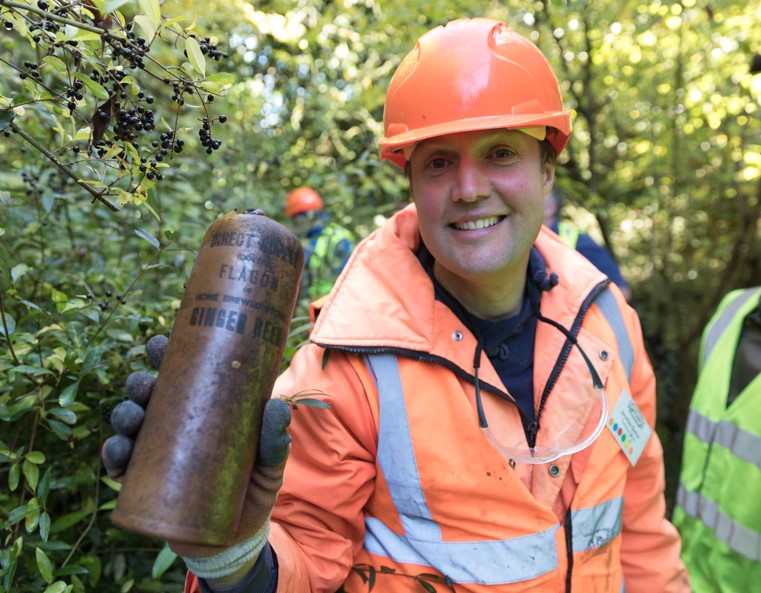

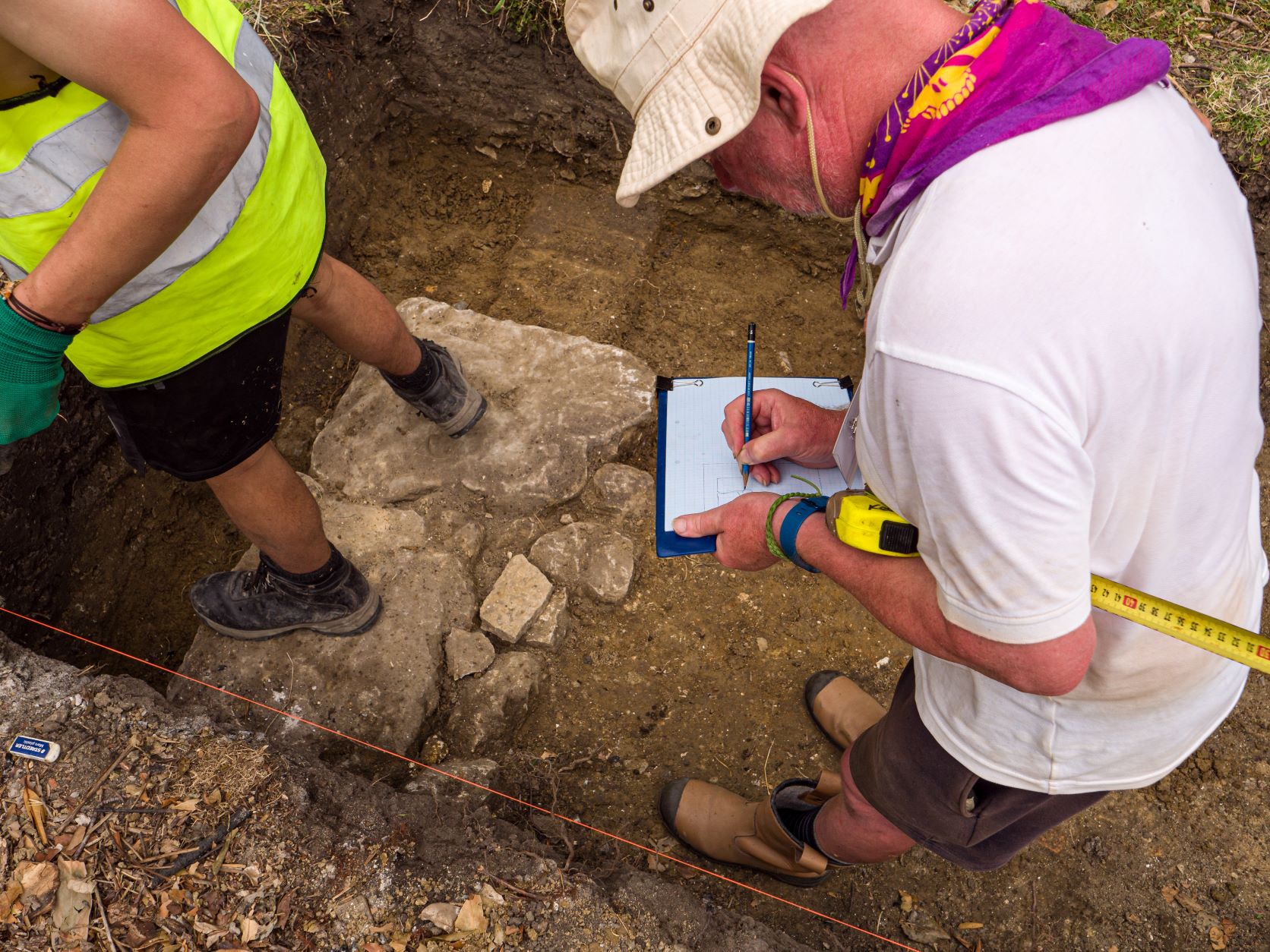
Speaker:
Graham Keevill, consultant Archaeologist, Keevill Heritage Ltd
Graham Keevill is a highly experienced and expert archaeological consultant, having spent more than 40 years in the profession. He has directed all types of archaeological work from small watching briefs and evaluations through to major survey, excavation and building archaeology programmes. Graham has also been extensively involved in major strategic studies, infrastructure projects and environmental assessments. With a substantial publication track record - a book on medieval palaces produced by Tempus Publishing, seven monographs, and many other published papers - Graham has also been the sole or major contributor to around 30 conservation plans and equivalent documents. Graham is archaeological consultant for Blackburn, Rochester, and Salisbury cathedrals, Christ Church Oxford (cathedral and college), and Tewkesbury Abbey. Keevill Heritage Ltd provides advice and fieldwork services for many smaller churches at parish level. Their client base includes Historic Royal Palaces, for whom Graham has carried out a great deal of archaeological work at the Tower of London.
IT requirements:
To join the online talk (delivered via Zoom Webinar) all you need is an internet connection and a laptop, phone or device with the ability to play video and audio. You will not be on screen and can ask questions via the webinar's Q&A function.
Accessibility:
Please contact us if there are any adaptations we can make that would make the lecture more accessible for you.
Main image credit: Ralph Hodson
Small images credit, L-R: Ralph Hodgson; Graham Keevill; Daniel Bridge
